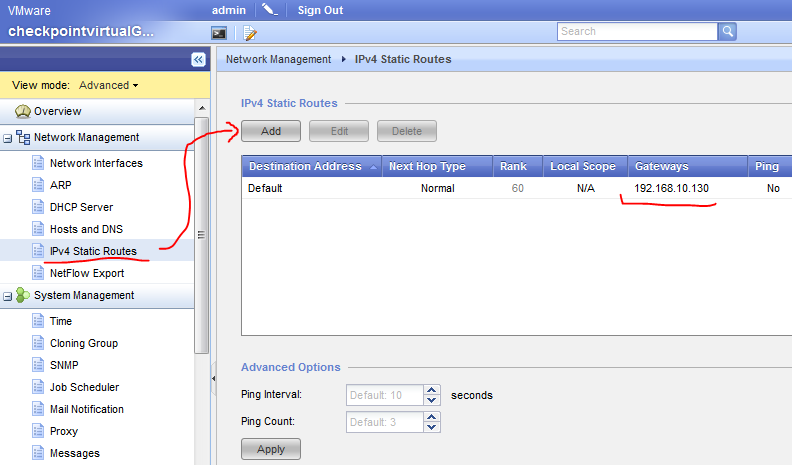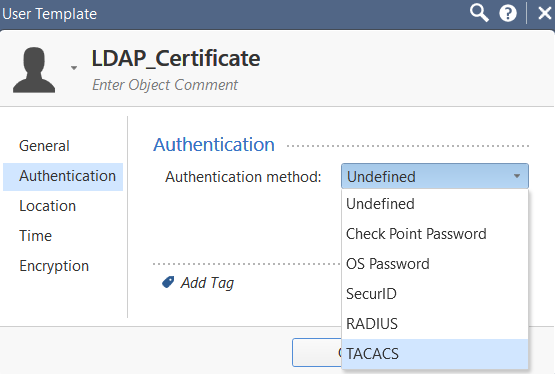
- #Checkpoint vpn client 80.72 how to#
- #Checkpoint vpn client 80.72 update#
- #Checkpoint vpn client 80.72 free#
#Checkpoint vpn client 80.72 update#
Update these values with the actual Identifier, Reply URL and Sign on URL. In the Sign on URL text box, type a URL using the following pattern: In the Reply URL text box, type a URL using the following pattern: In the Identifier (Entity ID) text box, type a URL using the following pattern: On the Basic SAML Configuration section, enter the values for the following fields: On the Set up single sign-on with SAML page, click the pencil icon for Basic SAML Configuration to edit the settings. On the Select a single sign-on method page, select SAML. In the Azure portal, on the Check Point Remote Secure Access VPN application integration page, find the Manage section and select single sign-on. Test SSO - to verify whether the configuration works.įollow these steps to enable Azure AD SSO in the Azure portal.

Navigate to Enterprise Applications and then select All Applications.On the left navigation pane, select the Azure Active Directory service.


To configure the integration of Check Point Remote Secure Access VPN into Azure AD, you need to add Check Point Remote Secure Access VPN from the gallery to your list of managed SaaS apps.
#Checkpoint vpn client 80.72 free#
If you don't have a subscription, you can get a free account. To get started, you need the following items:

Enable your users to be automatically signed-in to Check Point Remote Secure Access VPN with their Azure AD accounts.Control in Azure AD who has access to Check Point Remote Secure Access VPN.When you integrate Check Point Remote Secure Access VPN with Azure AD, you can:
#Checkpoint vpn client 80.72 how to#
In this tutorial, you'll learn how to integrate Check Point Remote Secure Access VPN with Azure Active Directory (Azure AD).


 0 kommentar(er)
0 kommentar(er)
